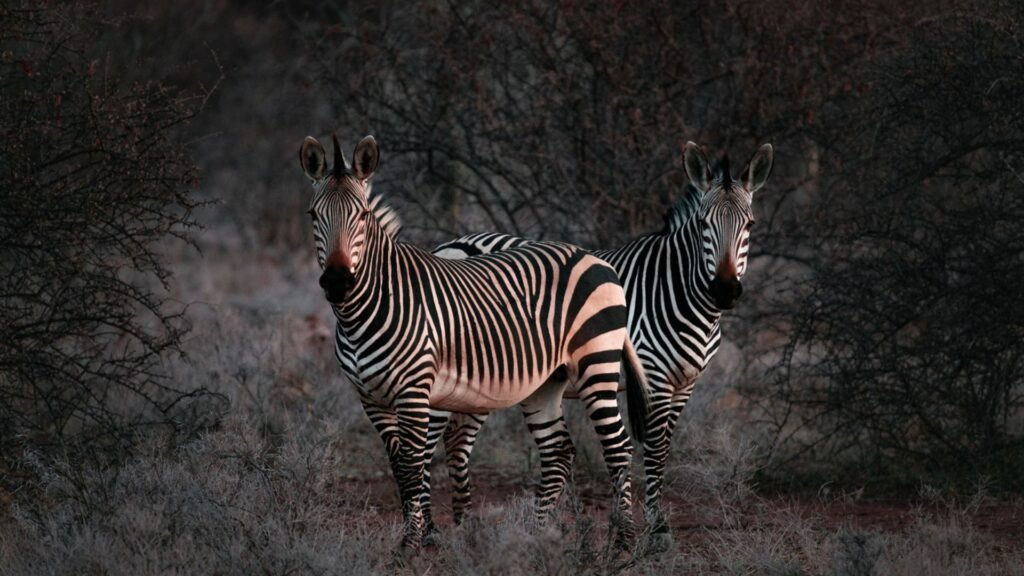Jul 3, 2024
Tips for Editing Wildlife Photography
Wildlife photography is a captivating pursuit that allows photographers to capture the natural beauty and behavior of animals in their habitats. However, capturing the perfect wildlife shot often requires more than just a click of the camera; it involves post-processing techniques to enhance and refine the images. Here are essential tips and techniques to help you master the art of editing wildlife photography effectively.

1. Start with Selective Editing
The editing process begins with selecting the best images from your wildlife photography session. Choose photos that have strong compositions, sharp focus on the subject, and evoke a sense of the animal’s natural environment and behavior.
2. Adjust Exposure and Contrast
Balancing exposure and contrast is crucial in wildlife photography editing. Use exposure adjustments to ensure the subject is well-exposed without losing detail in shadows or highlights. Adjust contrast to enhance the natural lighting conditions and bring out textures and colors.
3. Enhance Sharpness and Detail
Wildlife photography often demands precise sharpness to highlight fur, feathers, or scales. Use the sharpening tool cautiously to enhance details without introducing noise. Adjust clarity and texture settings to emphasize fine details and add depth to your images.
4. Correct White Balance
Correcting white balance ensures accurate colors in your wildlife photos. Use presets like daylight, cloudy, or shade, or manually adjust the temperature and tint sliders to match the natural lighting conditions when the photo was taken. This step is crucial for maintaining the true colors of the animal and its surroundings.
5. Crop for Composition
Cropping plays a significant role in refining the composition of your wildlife photos. Focus on the animal’s eyes or distinctive features to create a compelling focal point. Avoid over-cropping, as it can reduce image quality and impact.
6. Remove Distractions
Wildlife photography often includes elements like branches, twigs, or other distractions in the background. Use cloning or healing tools carefully to remove these distractions while maintaining a natural look. Pay attention to details to ensure a seamless integration with the surrounding environment.
7. Use Color Grading for Mood
Experiment with color grading to enhance the mood and atmosphere of your wildlife photos. Adjust saturation, vibrance, and individual color channels to create a cohesive color palette that complements the natural surroundings. Color grading can significantly impact the emotional impact of your wildlife images.
8. Maintain Natural Look
Preserve the natural look and feel of wildlife in your edits. Avoid over-processing or excessive manipulation that alters the appearance of the animal or its environment. Aim for enhancements that highlight the beauty of nature without sacrificing authenticity.
9. Batch Processing for Efficiency
If you have multiple wildlife photos from the same shoot, consider batch processing to maintain consistency in editing style and save time. Apply similar adjustments such as exposure, white balance, and sharpening across multiple images simultaneously, ensuring a cohesive look and feel.
10. Experiment and Develop Your Style
Editing wildlife photography is both an art and a skill. Experiment with different editing techniques and develop your unique style. Take inspiration from nature and other photographers while honing your skills to create captivating wildlife images that tell compelling stories.
Conclusion
Editing wildlife photography requires a blend of technical proficiency and artistic vision. By applying these tips and techniques, you can elevate your wildlife images to new heights, capturing the essence of animals and their environments with clarity and impact. Remember, practice and experimentation are key to refining your editing skills and creating stunning wildlife photography that resonates with viewers.
By following these tips and techniques, you can enhance your wildlife photography editing skills and create images that captivate and inspire.
More Details